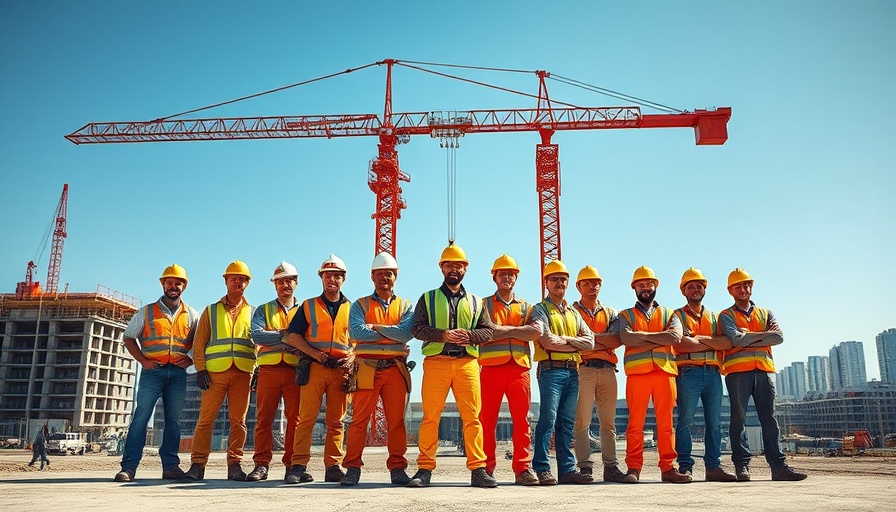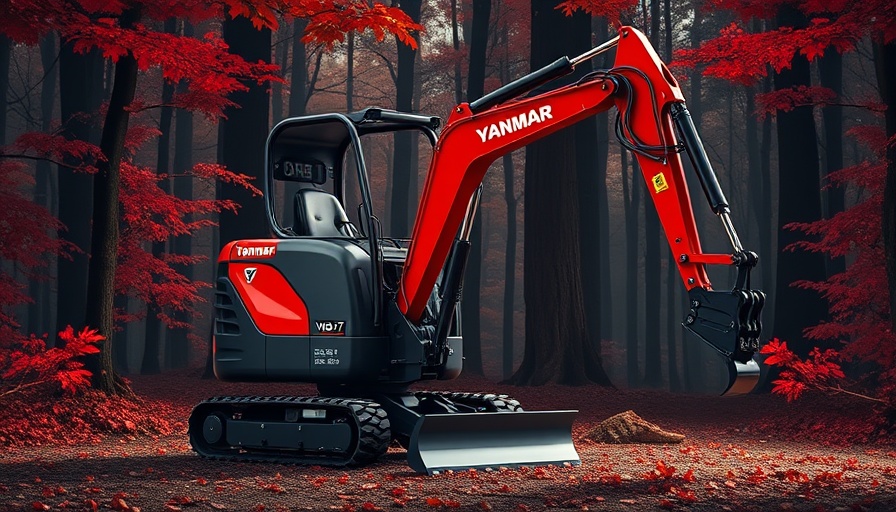
The Rise of Driver-Facing Cameras in Heavy Construction
In recent years, the construction industry has witnessed significant technological advancements aimed at improving safety. Among these developments is the introduction of driver-facing cameras in heavy construction trucks. These cameras are designed to monitor driver behavior and provide real-time feedback, potentially reducing accidents caused by human error.
Why Driver Oversight Matters
Heavy construction trucks are notorious for their size and the dangers they pose on roadways. The National Highway Traffic Safety Administration (NHTSA) reports that human error accounts for approximately 94% of serious car accidents. With construction trucks, the stakes are even higher. Implementing driver-facing cameras can help address behaviors like distracted driving, fatigue, and unsafe driving practices. By capturing incidents, these systems can encourage better decision-making among operators.
Balancing Surveillance and Privacy
While driver-facing cameras promise enhanced safety, they also raise questions about privacy. Operators may feel uncomfortable being constantly monitored, which could impact morale. Businesses must balance the benefits of using such technology with the potential for employee discontent. Transparent policies and effective communication about the cameras’ purpose—focused on safety rather than punishment—are essential in fostering acceptance within the workforce.
Insights from Other Industries
The use of driver-facing cameras isn’t unique to construction. In the trucking industry, for instance, companies have reported reductions in accidents since implementing this technology. The Insurance Institute for Highway Safety highlights that fleets using driver monitoring systems saw a marked decline in insurance claims due to fewer accidents. Lessons learned from these sectors could guide construction firms in effectively deploying technology while also addressing workers' concerns.
Future Predictions: The Evolution of Fleet Safety
As technology continues to advance, the future of fleet safety in construction may evolve. Experts predict that integrating artificial intelligence (AI) with driver-facing cameras could lead to even smarter systems capable of providing predictive analytics. These systems may identify patterns in driver behavior, allowing companies to intervene proactively before incidents occur. AI could also generate training adaptations tailored to the unique needs of each driver, enhancing workforce safety over time.
Combining Technology with Training
Implementing driver-facing cameras is just one piece of the puzzle. It's equally important to couple these systems with robust training programs that emphasize safe driving practices. Constructing a safety-first culture requires ongoing education where drivers understand the benefits of these technologies—not only as a means of surveillance but as tools for personal and public safety.
Conclusion: Taking Action for Safer Roads
The potential of driver-facing cameras lies in their ability to not only prevent accidents but also improve the overall safety culture within heavy construction. As the industry embraces this technology, it is crucial for businesses to communicate its benefits effectively while prioritizing driver comfort and privacy. By taking proactive steps, construction companies can enhance their safety measures, reassure their workers, and ultimately help save lives on the roads. It’s time for companies to invest in these technologies and foster a safer environment for everyone involved.
 Add Row
Add Row  Add
Add 




Write A Comment